Medication Safety Cost Calculator
Calculate potential cost savings from implementing pharmacist-led medication safety programs. Based on data from the article "Cost-Saving Strategies While Maintaining Medication Safety".
Estimated Annual Savings
Keeping patients safe while cutting drug costs isn’t a trade-off-it’s a smart system design. Too many hospitals and clinics think they have to choose: spend more to stay safe, or cut corners to save money. But the data shows something different. The most effective ways to lower medication costs actually make care safer. And the people making it happen? Pharmacists-not just behind the counter, but right beside doctors and nurses on the floor.
Pharmacists Are the Hidden Cost-Savers
When you hear "cost-cutting in healthcare," you might think of reducing staff or switching to cheaper drugs. But the real savings come from putting clinical pharmacists into care teams. At Walter Reed Army Medical Center, every dollar spent on pharmacist-led medication reviews returned over $6 in savings. How? By catching errors before they happen.
One study followed 830 high-risk patients after hospital discharge. Those with pharmacist follow-up had $2,139 lower total healthcare costs over six months. Why? Pharmacists reviewed every pill the patient was taking, spotted dangerous interactions, and made sure they were on the right dose. That’s not just safety-it’s financial sense.
Another example: a 390-bed community hospital saved $5,652 per heart failure patient by having pharmacists review medication profiles daily. That’s not a guess. That’s real data from real patients. And it didn’t require new tech. Just time, training, and trust in the pharmacist’s expertise.
Generic Drugs Work-When Used Right
Eighty-two percent of patients already use generic medications to save money. And for most drugs, they’re just as safe and effective as brand names. But here’s the catch: not all generics are created equal.
Some drugs have a narrow therapeutic index-meaning the difference between a helpful dose and a harmful one is tiny. Think blood thinners like warfarin or seizure meds like phenytoin. Switching brands here without monitoring can lead to treatment failure or overdose. That’s why experts like Dr. Robert Wachter warn against blanket generic substitution without clinical oversight.
The fix? Pharmacists monitor patients closely after switching. They check blood levels, ask about side effects, and adjust doses if needed. This isn’t extra work-it’s essential. A hospital in Ohio saved $1.4 million in a year by switching to generics for 80% of its prescriptions-but only after adding pharmacist-led monitoring. Without that, the savings would’ve been wiped out by readmissions and complications.
Standardized Communication Stops Errors for Free
One of the cheapest-and most powerful-tools in medication safety costs almost nothing to implement: SBAR.
SBAR stands for Situation, Background, Assessment, Recommendation. It’s a simple script nurses and pharmacists use when handing off care. Instead of saying, "Hey, this patient’s on something weird," they say: "The patient (Situation) has a history of kidney disease (Background), their creatinine rose yesterday (Assessment), so I recommend holding the ACE inhibitor until we recheck (Recommendation)."
One large hospital system cut adverse drug events by 50% just by training staff to use SBAR. No new software. No new hires. Just clearer communication. And it works across departments-nurses, pharmacists, and doctors all speak the same language.
Same goes for the WHO Surgical Safety Checklist. It takes two minutes to complete. It’s free. And it reduces deaths by up to 62% in surgery. That’s not magic. It’s structure. When people follow the same steps, mistakes drop.
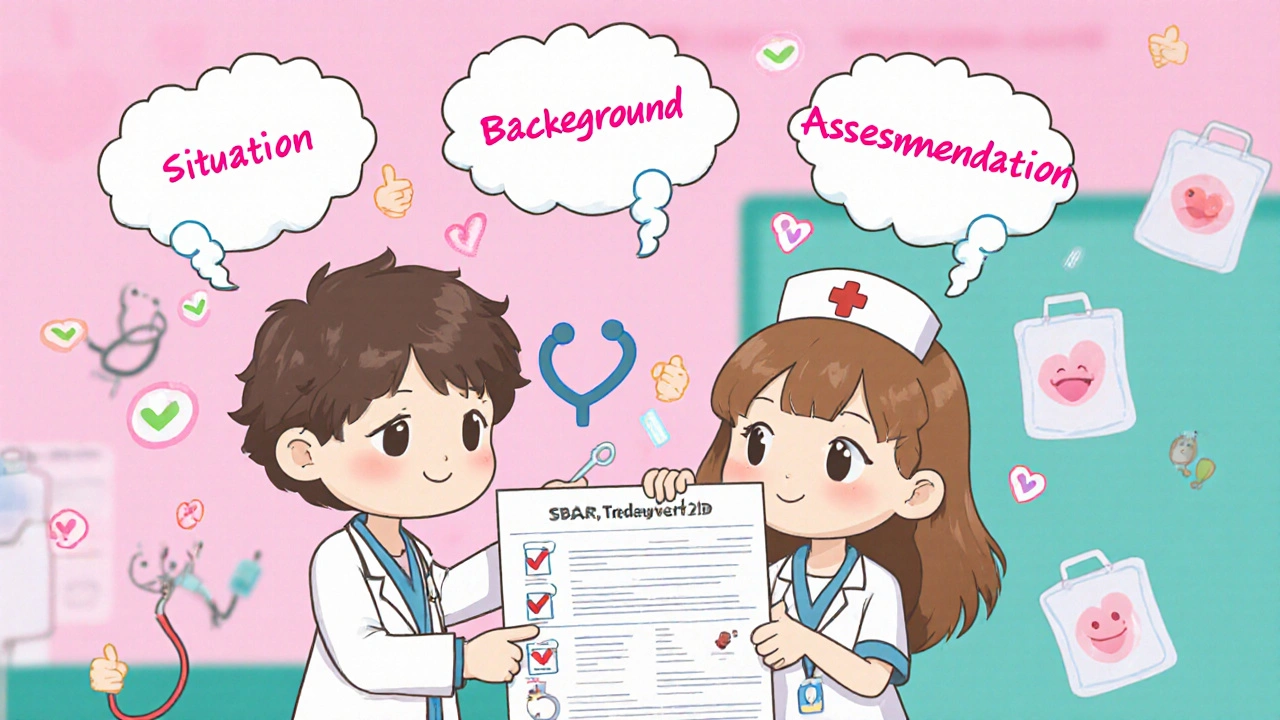
Ready-to-Administer Drugs Cut Waste and Risk
Think about how meds are prepared in hospitals. A nurse pulls vials, draws up doses, labels them, checks them again. Every step is a chance for error. A wrong number, a misread label, a contaminated syringe.
Ready-to-Administer (RTA) products fix this. These are pre-filled syringes or IV bags prepared by the pharmacy, labeled clearly, and delivered to the unit ready to give. They reduce preparation time by 30% and cut medication errors by up to 40%.
Yes, RTA drugs cost 15-20% more to buy. But when you factor in reduced labor, fewer errors, shorter hospital stays, and less waste, the math flips. One hospital saved $1.2 million in a year after switching to RTA for high-risk meds like insulin and heparin. The pharmacy team’s workload dropped. Nurses had more time with patients. And no one got a wrong dose.
Still, some administrators resist because they see only the sticker price. The trick? Show them the full picture: fewer errors mean fewer lawsuits, shorter stays, and better scores. That’s where the real savings live.
Patients Can Help Too
Cost-saving doesn’t just happen in hospitals. Patients play a big role. Nearly 40% of patients use at least one cost-saving strategy: generics, mail-order pharmacies, free samples, or splitting pills (with doctor approval).
But here’s the problem: patients often don’t tell their providers. They skip doses because they can’t afford them. Or they buy meds from overseas sites that aren’t regulated. That’s dangerous.
The solution? Ask. During every visit, pharmacists and doctors should ask: "Are you having trouble paying for your meds?" That simple question opens the door to help-free samples, patient assistance programs, or switching to a cheaper alternative.
One clinic in Manchester saw a 35% drop in missed doses after they started asking this question routinely. Patients felt heard. And fewer ended up back in the ER because they ran out of meds.
Technology Helps-But Only With People
Electronic prescribing cuts errors by 55%. Barcode scanning cuts administration errors by 41%. These are big wins. But tech alone won’t fix everything.
A study of 10 hospitals found that those using only tech had twice as many therapeutic errors-like giving the wrong drug for the condition-as those with pharmacists on the team. Why? Machines don’t know if a drug makes sense for a patient’s liver function, their other meds, or their lifestyle.
Top-performing hospitals (the ones with the best safety scores) all have one thing in common: pharmacists on every unit, 24/7. Magnet-recognized hospitals, which have the highest nursing standards, have 28% fewer medication errors because of this.
Technology is a tool. Pharmacists are the ones who know how to use it right.
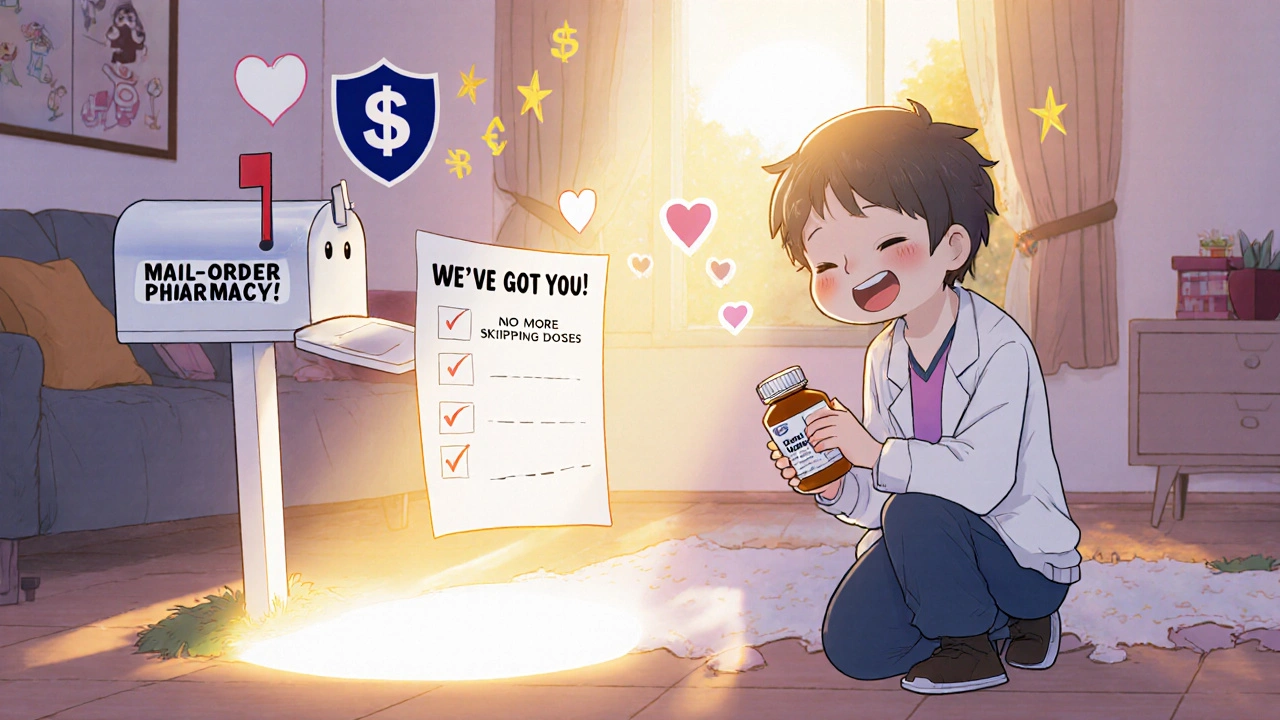
What Happens When You Cut Too Deep
Not all cost-cutting works. Some backfire.
One hospital reduced pharmacy technician positions to save money. Three months later, medication errors jumped 22%. The cost? $1.2 million in extended stays and legal fees. Another tried to save by switching to the cheapest generic for every drug-without monitoring. Patients had seizures, heart issues, and hospital readmissions. The savings vanished.
These aren’t outliers. They’re warnings. When you remove human oversight to save a few dollars, the system becomes fragile. Errors grow. Costs explode.
The lesson? Don’t cut staff. Invest in them.
Where to Start
If you’re trying to save money without risking safety, here’s how to begin:
- Start with high-risk patients-those on five or more meds, with kidney or liver disease, or recently discharged from the hospital.
- Add a clinical pharmacist to rounds or discharge planning. Even one part-time pharmacist can make a difference.
- Train staff on SBAR. No cost. Just time.
- Switch to RTA for high-alert meds like insulin, heparin, and opioids.
- Ask patients if they’re skipping doses because of cost. Then help them.
It doesn’t take a big budget. It takes focus. And it takes trusting the experts who know the drugs best.
What’s Next
The future is clear: pharmacists are moving from the back room to the front line. By 2027, 75% of health systems will have them embedded in care teams. The CMS is investing $500 million to test this model. And the data is undeniable-better safety means lower costs.
Drug prices keep rising. Staffing shortages are real. But the answer isn’t to do less. It’s to do it smarter. Put the right people in the right places. Use tools that support them. And always, always put patient safety first.
Because in the end, saving money without safety isn’t saving at all. It’s just delaying the bill.
Can switching to generic drugs really save money without risking safety?
Yes-for most medications, generics are just as safe and effective as brand names. But for drugs with a narrow therapeutic index-like warfarin or phenytoin-switching without monitoring can be risky. The key is having a pharmacist review the switch and track the patient’s response. When done right, generics save money and keep patients safe.
How much do pharmacist-led programs actually save?
Studies show pharmacist-led interventions return $6.03 for every $1 spent. One program saved $2,139 per patient over six months by preventing readmissions. Another saved $5,652 per heart failure patient by reducing hospital stays. These aren’t estimates-they’re real results from real hospitals.
Is technology enough to prevent medication errors?
No. Electronic prescribing and barcode scanning reduce errors by 40-55%, but they don’t catch the wrong drug for the wrong condition. Only a pharmacist can assess if a medication makes sense for a patient’s full health picture. The best systems combine tech with human judgment.
What’s the biggest mistake hospitals make when trying to cut drug costs?
Cutting pharmacy staff to save money. One hospital reduced technicians to save $200,000 a year-and ended up paying $1.2 million in readmissions and lawsuits within three months. Safety isn’t a line item you can delete. It’s the foundation.
Can patients help reduce medication costs safely?
Absolutely. About 40% of patients already use cost-saving strategies like generics, mail-order pharmacies, or free samples. But they won’t tell you unless you ask. Simply asking, "Are you having trouble paying for your meds?" opens the door to safe solutions-and prevents dangerous workarounds like skipping doses.
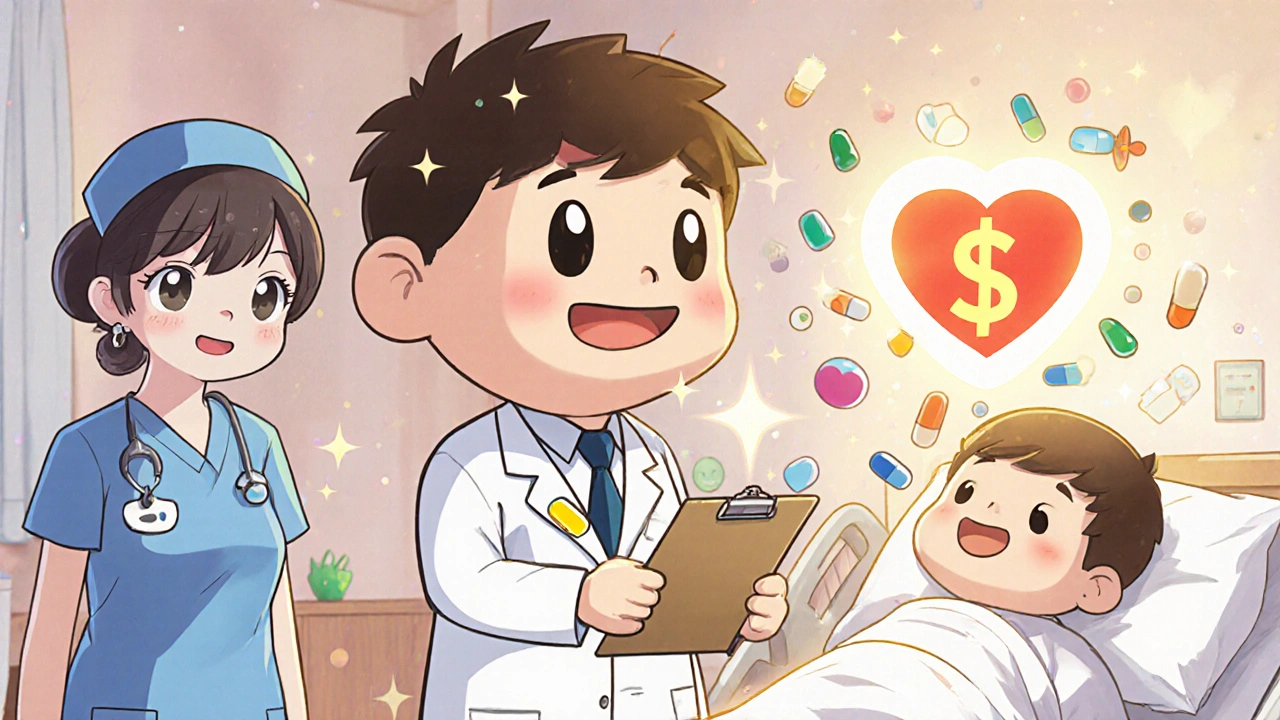
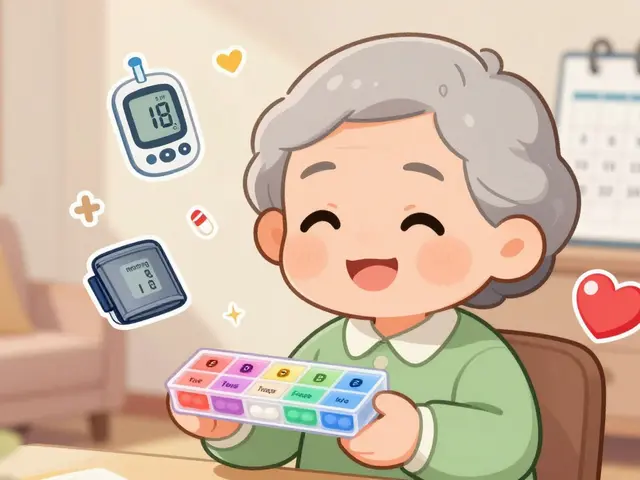
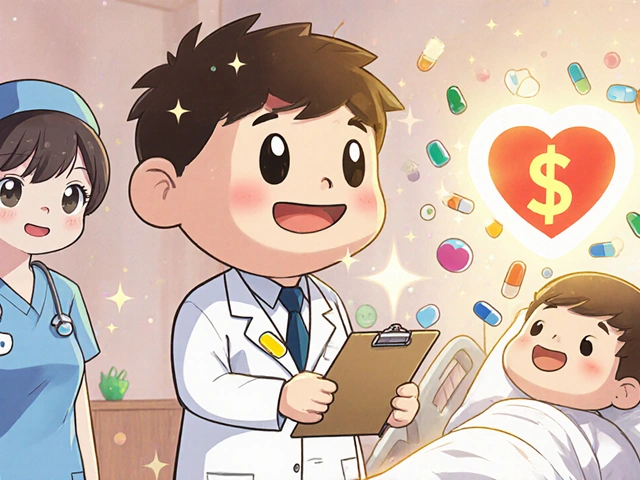
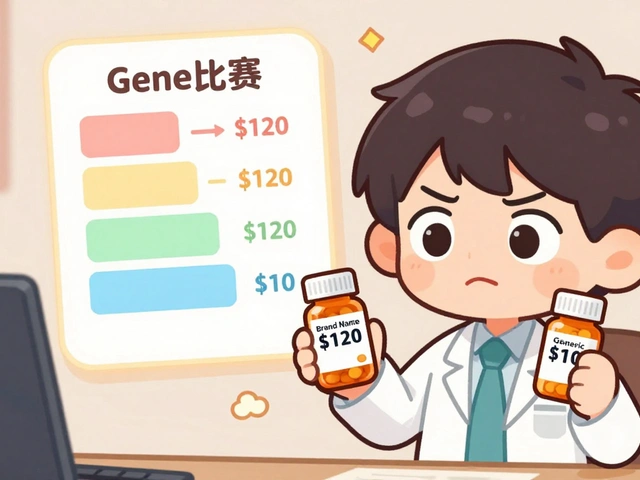

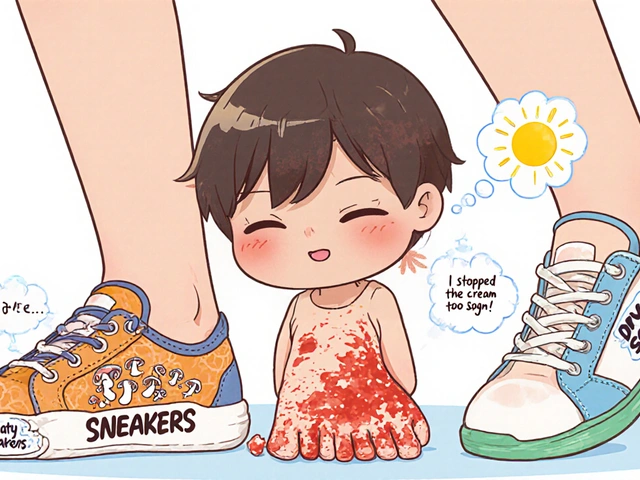
shivam mishra
October 31, 2025 AT 05:38Love this breakdown. In India, we see this all the time-hospitals skimp on pharmacists and then get burned by avoidable errors. One rural clinic I worked with cut their pharmacy techs to save $15k/year. Three months later, they had three cases of warfarin overdose. The lawsuit cost them $200k. Trust the experts, not the budget spreadsheet.
Scott Dill
November 2, 2025 AT 03:54Wait wait wait-so you’re saying we don’t need to automate everything? That humans still matter? Shocking. 😅 I’ve seen ERs with 7 different e-prescribing systems and zero pharmacists on staff. The tech says ‘give it’ but the doc doesn’t know the patient’s on lithium and just got a new kidney. That’s not innovation. That’s roulette.
Arrieta Larsen
November 2, 2025 AT 08:26My mom’s on warfarin. We switched to generic last year. No issues. But her pharmacist called her weekly for the first month, checked INR, asked if she was eating more kale. That’s the difference. Not the pill. The person behind it.
Mike Gordon
November 2, 2025 AT 22:37SBAR is genius. I used it in the military. You say Situation Background Assessment Recommendation. No fluff. No drama. Just facts. Nurses and docs start arguing less. Patients live longer. Simple. Why isn’t this taught in med school from day one?
Kathy Pilkinton
November 3, 2025 AT 09:35Oh wow. Another article where pharmacists are the superheroes and everyone else is just a walking liability. Let me guess-next you’ll say nurses should run the ICU too? Because clearly, doctors are just overpaid interns who can’t spell ‘heparin.’
But fine. Let’s pay pharmacists six figures to do what they’ve always done. Meanwhile, the ER’s still understaffed and the janitor makes more than the pharmacy tech who’s now unemployed because you ‘invested in expertise.’
Real talk: you want safety? Hire more nurses. Not more pharmacists. Nurses hold the whole damn system together.
Holly Dorger
November 3, 2025 AT 16:04I work in a community pharmacy and I see patients every day who skip doses because they can’t afford them. One guy told me he was splitting his 20mg lisinopril in half because the copay was $85. He didn’t know his doctor could get him a free sample. I told him. He cried. We need to ask. Just ask. It’s not hard. It’s human.
Amanda Nicolson
November 5, 2025 AT 07:45Okay so imagine this: you’re a nurse at 3am, you’ve been up for 14 hours, you’re holding a syringe of insulin, and the label is smudged because someone didn’t scan it right. You’re tired. You’re hungry. You’re wondering if you’re about to kill someone. Then-boom-the pharmacy sends over a pre-filled RTA syringe. Same dose. Same label. Same safety. No guesswork. No panic. Just… peace. That’s not a cost. That’s a lifeline. And yeah, it’s 20% more expensive to buy. But how much do you pay when someone goes into cardiac arrest because they got 10 units instead of 1? Tell me that number. I dare you.
Jackson Olsen
November 6, 2025 AT 22:20RTA saves money? Sounds like a sales pitch. Why not just train nurses better? Or use robots? I mean why pay extra for pre-filled syringes when you can do it yourself? Also I heard generics are bad for your kidneys. Is that true?
Penny Clark
November 8, 2025 AT 12:11OMG YES. I had a pharmacist at my clinic ask me if I could afford my meds. I said no. She got me a coupon, a sample, and even called my insurance for me. I didn’t even know that was a thing. I felt so seen. Like… I’m not just a number. I’m a person. That’s what this is about. Not dollars. Not stats. People.
Niki Tiki
November 8, 2025 AT 21:39Pharmacists are the real heroes? LOL. In America we have doctors. Real doctors. Not some guy with a pharmacy degree who thinks he knows better than a surgeon. This is why healthcare is broken. Everyone wants to be the boss. Let the MDs decide. Not the pharmacy techs. And generics? I’m not taking some Chinese-made pill that looks like a candy. My blood pressure is not a lab experiment.
Jim Allen
November 10, 2025 AT 16:14So let me get this straight… the answer to our healthcare crisis is… more people? Who do we pay? Who pays them? Who pays the person who pays them? This is just capitalism with a stethoscope. We’re all just cogs. The pharmacist’s just the guy who makes sure the cog doesn’t explode. Cool. I’ll stick with my Walmart $4 prescriptions and hope for the best.
Nate Girard
November 12, 2025 AT 09:15My dad’s a cardiologist. He fought for years to get a pharmacist on his team. Now he won’t work without one. Says they catch more errors than his entire residency program ever did. I’ve seen him cry after a patient got a correct dose because the pharmacist noticed the interaction. That’s not a job. That’s a calling.
Carolyn Kiger
November 13, 2025 AT 04:59My hospital just started RTA for insulin. Nurses are happier. Patients are safer. The pharmacy team doesn’t burn out as fast. And guess what? We didn’t even need a new budget. We just moved money from the ‘unnecessary admin software’ fund. It’s not about cost. It’s about priorities.
krishna raut
November 14, 2025 AT 16:05Generics work. But only if monitored. Simple.
Prakash pawar
November 16, 2025 AT 11:41Do you realize that the entire healthcare system is just a pyramid scheme where the real value is extracted by the middlemen? The pharmacist is just the new priest. The pills are the sacrament. We’ve turned healing into a ritual. And the only thing that matters now is the ritual. Not the person. Not the cure. Just the process. We’re all just performing. And the patient? They’re just the audience.